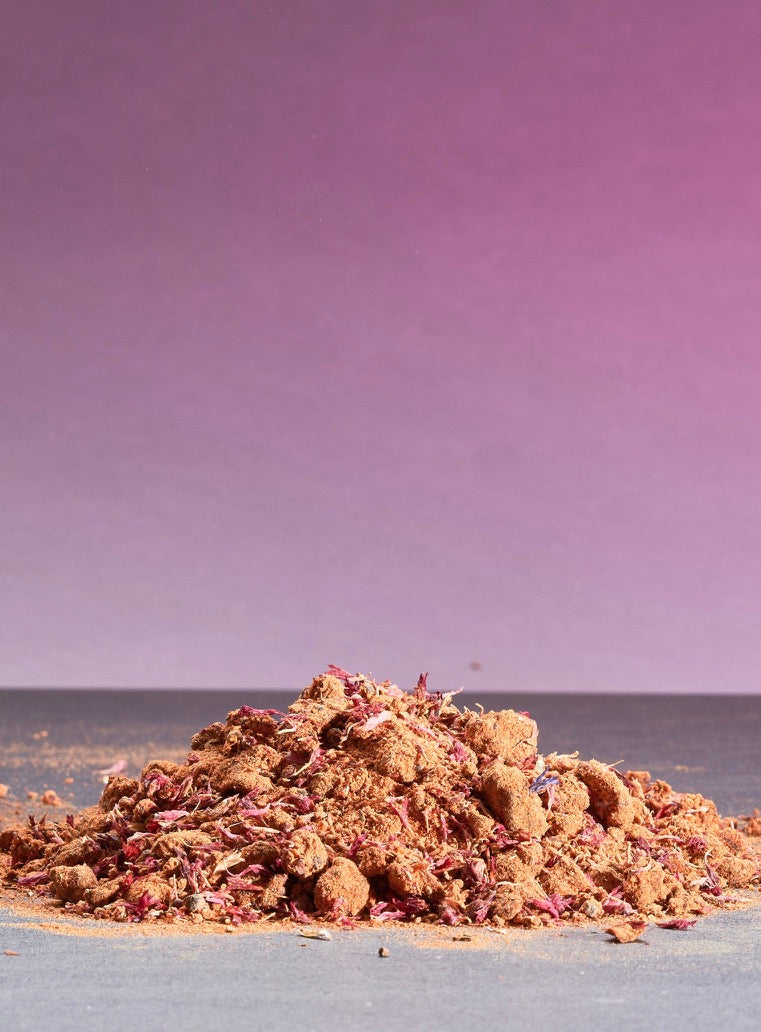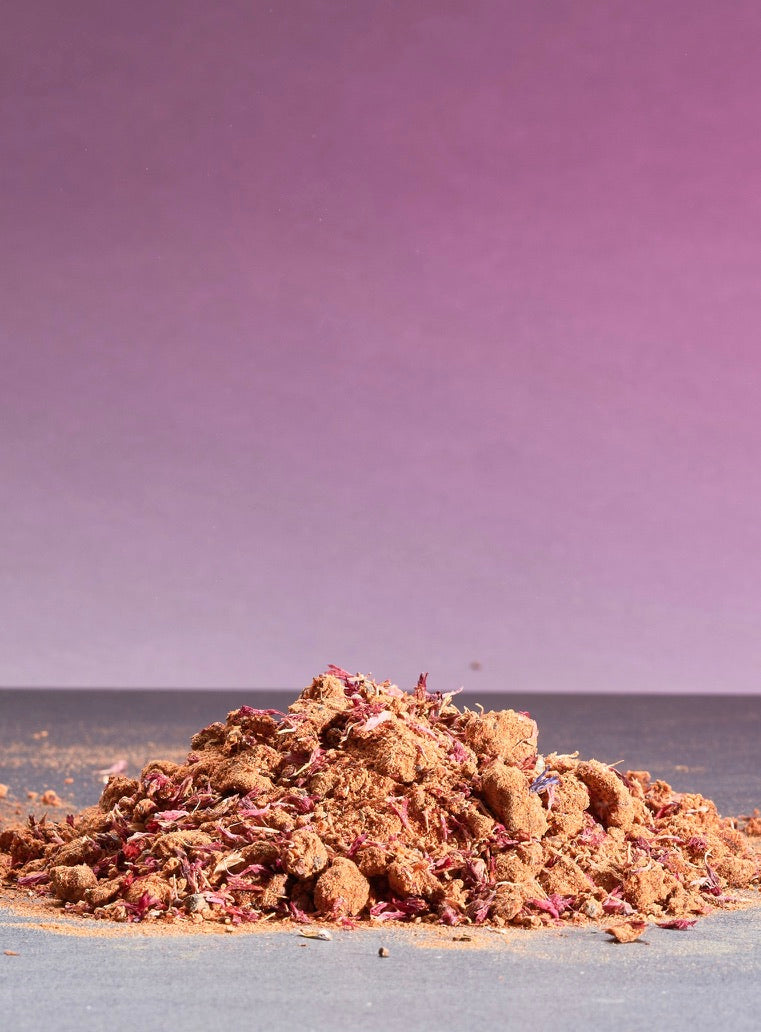Épice Cajun "Jambalaya de Louisiane", en pot et au détail
Épice Cajun "Jambalaya de Louisiane", en pot et au détail
Couldn't load pickup availability
✓ Élaboré par le chef Philippe Bellan à Tarare (France)
✓ Fabriqué à partir d'ingrédients de qualité: sans conservateurs ni colorants artificiels
✓ Respectueux de l'environnement
✓ 100% artisanal
Ingrédients
Assortiment d'épices, de plantes et de fruits Bio (pomme, fraise, oignon, paprika, ail, graine de moutarde, thym citron, badiane, poivron rouge, pétale de bleuet), baie rose de Madagascar Bio (Schinus terebinthifolius), piment Habanero, graine de roucou (Bixa orellana), livèche (Levisticum officinale), sucre de fleurs de coco.
Un peu d'histoire
Le "jambalaya" est un plat traditionnel de la cuisine acadienne servie en Louisiane, un état du Sud des États Unis entouré par les états du Texas, du Mississippi et du golfe du Mexique.
Son nom lui vient de René-Robert Cavelier de La Salle, un explorateur français qui en prend possession en 1662 au nom du roi Louis XIV.
Cette présence française va créer un groupe ethnique multi raciale et une province aujourd'hui reconnue de l'état de la Louisiane : les "Cadiens" ou "Cajun" en langue anglaise et l'Acadie.
Les colons britanniques vainqueurs en 1713 des français, renomme le territoire en Nouvelle Écosse.
L'origine du mot "jambalaya" est incertaine. Pour les uns, c'est du provençal car le "jambalaia" ressemble au plat traditionnel de Louisiane avec un ragoût de riz et de volaille.
Des étymologies populaires l'attribuent aux Acadiens pour nommer "la fête" ou de la cuisine créole des esclaves de Louisiane avec le "jambon à la ya" ou "ya" signifie "riz".
La parenté du "jambalaya" avec la "paëlla" de la gastronomie espagnole et de l'Amérique espagnole, est aussi évoquée.
La saveur pimentée du plat traditionnel est la marque de l'influence des peuples qui ont façonnés l'Acadie.
Que contient ma recette d'épice "Jambalaya"?
Pour vous rapprocher de ce plat emblématique du Sud de l'Amérique, j'ai relevé le mélange avec le puissant piment Habanero et des baies roses de Madagascar à la saveur poivrée. Les graines de roucou, riches en carotène apporte une légère saveur de muscade. L'ajout de sucre et de fruits en morceaux apportent une touche créole à ce mélange puissant aux multiples usages.
En Louisiane, le riz accompagne toutes sortes de "jambalya". Essayez un risotto parfumé de l'épice en l'incorporant dès le début de la cuisson . Tenez compte de la teneur en piment pour ne pas gâcher votre plat. Gardez en réserve le piment pour rectifier selon votre tempérament la recette en fin de cuisson.
Comment cuisiner avec du Jambalaya?
Voici quelques astuces de chef.
La volaille et sa chair blanche assaisonnée de Jambalaya, est facile et rapide à réaliser.
Ajoutez l'épice en fin de cuisson pour ne pas compromettre le plat avec la saveur pimentée qui se démultiplie dans une une longue cuisson..
Utilisée en marinade, l'épice convient aussi bien aux viandes qu'aux poissons.
Délayez dans du vin blanc doux et des rondelles d'orange fraiches, marinez tout une nuit des pavés de saumon que vous ferez saisir dans une poêle chaude. Réalisez un jus avec la marinade filtrée que vous réduisez de moitié en volume. Terminez en peu de temps la cuisson du poisson dans le jus, ajoutez hors du feu du beurre pommade, mélangez et servez aussitôt.
Pourquoi faire le choix de notre épice artisanale?Les épices font partie de mon savoir faire acquis au fil de mon expérience professionnelle.
J’ai crée mes propres mélanges pour les partager avec le plus grand nombre.
Les méthodes de fabrication, l’équilibre des assemblages des ingrédients de qualité et Bio font leurs originalités et leurs différences.
Découvrez mes recettes élaborées dans mon atelier avec le premier achat d'un échantillon. Lancez-vous dans des recettes simples avec quelques conseils dans leurs descriptions.
Variez vos menus et faites vous plaisir en cuisine pour toute la famille ou vos invités.
Et pour aller plus loin dans votre expérience, un coffret soigné ou un porte-tubes de verre de cuisine en bois fait main réunissent une sélection de 8 épices.
Emballage
Pot en verre à fermeture mécanique avec étiquette en papier cartonné 4 volets attachée par une ficelle de lin.
Sachet kraft avec fermeture zip étiqueté d’un QR code d’accès au produit sur la boutique en ligne
Échantillon présenté dans un bocal verre à fermeture mécanique.





